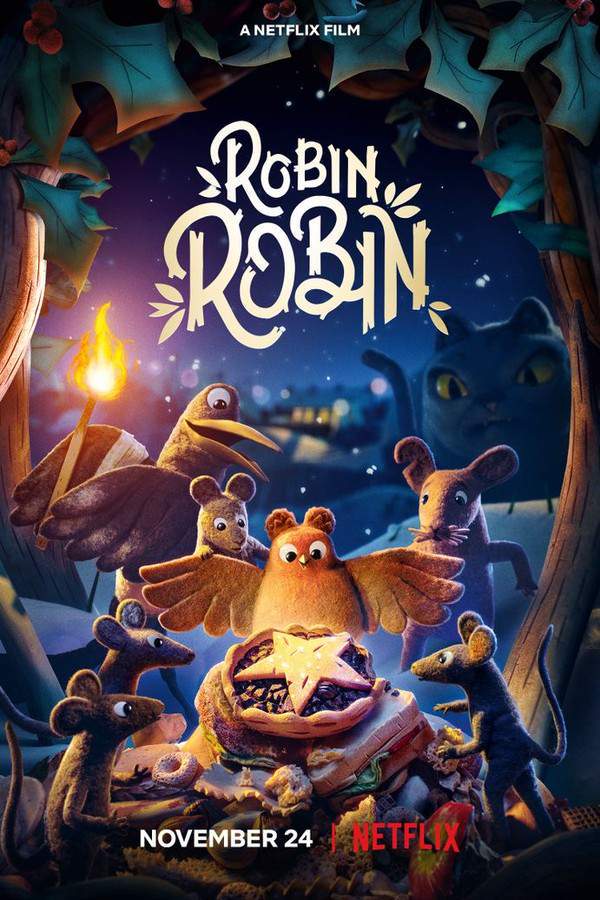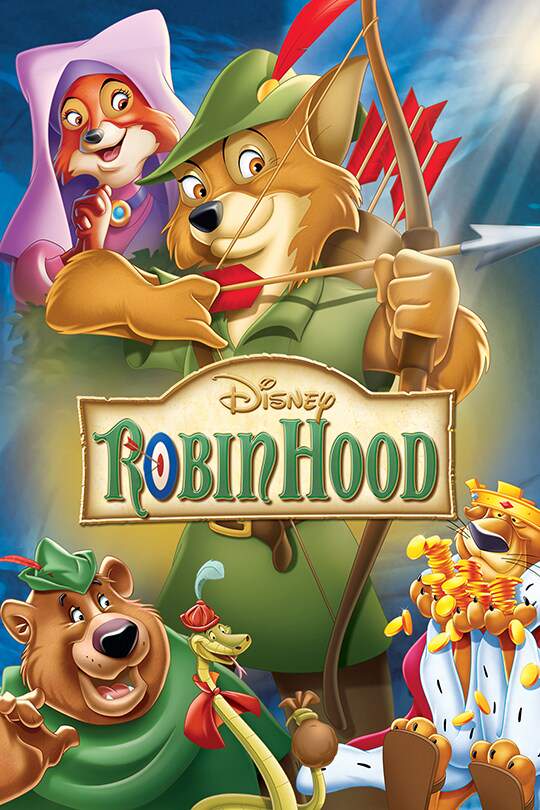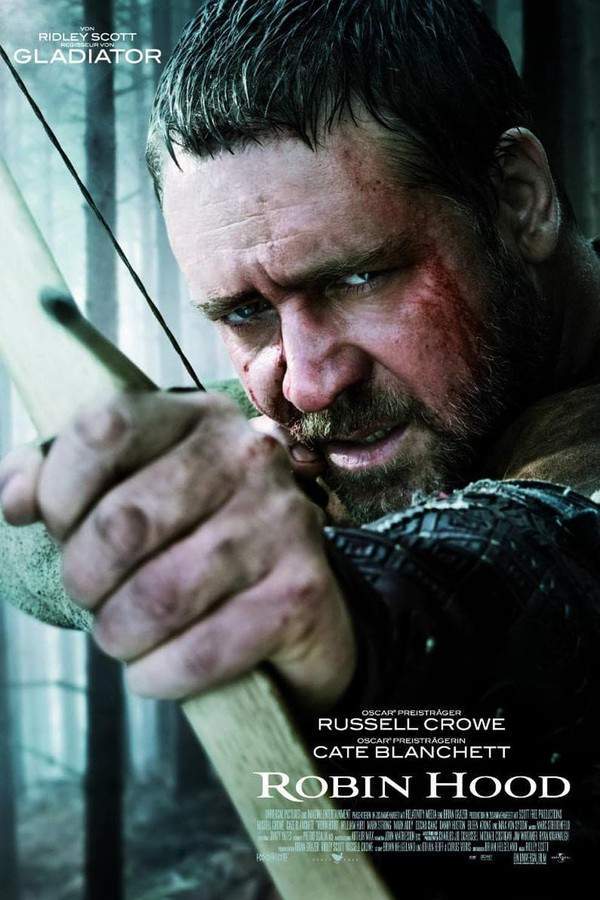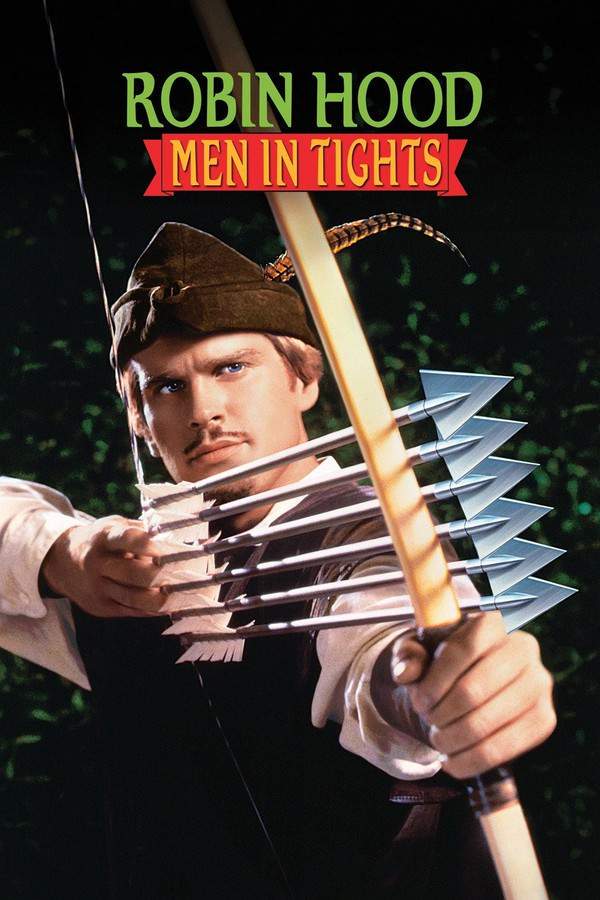
Robin and the 7 Hoods
Year: 1964
Runtime: 123 mins
Language: English
Director: Gordon Douglas
Set in Prohibition-era Chicago, bootlegger Robbo and his loyal cronies defy the greedy gangster Guy Gisborne by refusing to hand over a cut of their illegal earnings. After Guy murders mob boss Big Jim and takes over, his daughter Marian, convinced Robbo avenged her father, gives him a large sum. Robbo donates the money to an orphanage, cementing his reputation as a surprisingly compassionate hood.
Warning: spoilers below!
Haven’t seen Robin and the 7 Hoods yet? This summary contains major spoilers. Bookmark the page, watch the movie, and come back for the full breakdown. If you're ready, scroll on and relive the story!
Robin and the 7 Hoods (1964) – Full Plot Summary & Ending Explained
Read the complete plot breakdown of Robin and the 7 Hoods (1964), including all key story events, major twists, and the ending explained in detail. Discover what really happened—and what it all means.
Big Jim Stevens, the undisputed boss of Chicago’s underworld, is celebrating his birthday when his ambitious lieutenant Guy Gisborne orchestrates a trap that shoots him down before his guests. Gisborne seizes control and declares that every gangster in town must pay for protection, while stubbornly insisting the motto remains All for One. The brutal shift in power unsettles Jim’s ally, Robbo, and soon a gangland war lights up the city.
Robbo answers the challenge by assembling a lean, capable crew. He brings in Little John, a pool sharks’ ace who can also belt out a tune, and the quick-draw Will, along with a handful of others. They are formidable but still outnumbered by Gisborne’s growing reach. The town’s corruption is underscored by the presence of the crooked Sheriff Sheriff Octavius Glick, who works on Gisborne’s payroll, complicating every move Robbo makes.
Into this volatile mix arrives Marian Stevens, the refined daughter of Big Jim, played with poise by Barbara Rush. She asks Robbo to avenge her father’s death, wrongly blaming the sheriff for the violence. Robbo refuses the notion of vengeance, and Gisborne wastes no time removing Sheriff Glick to cement his hold on the city. Marian, convinced Robbo had acted as she asked, offers him a fortune and invites him to dinner, hoping to lure him into allying with her. Robbo refuses the money, yet Marian pushes the plan forward by sending the funds to Robbo’s under-repair gambling club, a gesture that Robbo turns into a symbolic gift to the city’s orphans.
The orphanage angle is given a public-facing boost by Allen A. Dale, the director of the orphanage. Dale notifies newspapers about Robbo’s charitable deeds, turning the gang’s image into a Robin Hood legend. Robbo leans into this perception, inviting Dale to run the charitable front and build a public-relations machine around the “foundation.” The Robbo Foundation grows into a network of soup kitchens, free clinics, and shelters for orphans, even handing out green hats and symbolic gear to the children — a calculated move to win the city’s heart. The pair even talk through public relations tips, with Robbo and his allies offering Dale advice on how to polish their image, a process the film presents as a kind of performance of virtue, highlighted by the moment of genuine community support.
Robbo’s joint reopens and becomes an instant sensation, drawing the ire of Gisborne. The new sheriff, along with Gisborne, stages a raid, but Robbo has anticipated the move and has dressed the club as a mission, complete with hymnals and tambourines as the raid unfolds, a moment the crowd interprets as a spiritual stand against vice, often remembered through the number Mr. Booze as part of the spectacle.
Soon Robbo is framed for Sheriff Glick’s murder. In the courtroom drama that follows, Gisborne and Potts push the idea that Robbo planned the crime, while Dale tries to teach the orphans to see the setback as a lesson, a moment the film frames with the line Don’t Be a Do-Badder. The jury, however, finds Robbo not guilty, and he responds with a public thanksgiving, wearing a green suit and declaring to the city, My Kind of Town. The moment crystallizes Robbo’s mythic status in Chicago, even as the city’s power dynamics continue to shift around him.
The treasure of Robbo’s charitable facade soon reveals a darker undercurrent: his supposedly benevolent acts become the front for a counterfeit operation. The soup kitchen becomes a corridor for fake bills smuggled across state lines, exposing a more cynical edge to the Robbo persona. Robbo discovers Little John living at Marian’s mansion, and Marian proves she would rather run the town alongside Gisborne than see Robbo hold the reins. Robbo’s contempt for Marian’s ambition comes through in his decision to walk away, with Little John reluctantly following.
Marian allies with Gisborne again, but Robbo proves more cunning and ruthless, killing Gisborne and forcing Marian to reassess her grip on power. In a final, destabilizing turn, Marian frames Robbo for the counterfeit scheme, and Potts becomes her reluctant partner in crime. Outmatched by a mob’s outrage, Robbo and his men flee the city, their glamour fading. The trio — Robbo, Marian, and Dale — retreat into anonymity, even as they continue to perform their public-facing roles, reappearing later as Santa Clauses who solicit donations, their bells ringing through the streets as Marian steps from a car with Dale, who quietly tips a fund, while the two walk away together.
What remains is a portrait of a city where power, spectacle, and charity blur into one messy, compelling story — a modern parable of a gangster who becomes a symbol of compassion, and a community that can be swayed by spectacle as easily as by justice.
Last Updated: October 09, 2025 at 09:24
Unlock the Full Story of Robin and the 7 Hoods
Don't stop at just watching — explore Robin and the 7 Hoods in full detail. From the complete plot summary and scene-by-scene timeline to character breakdowns, thematic analysis, and a deep dive into the ending — every page helps you truly understand what Robin and the 7 Hoods is all about. Plus, discover what's next after the movie.
Robin and the 7 Hoods Timeline
Track the full timeline of Robin and the 7 Hoods with every major event arranged chronologically. Perfect for decoding non-linear storytelling, flashbacks, or parallel narratives with a clear scene-by-scene breakdown.

Similar Movies to Robin and the 7 Hoods
Discover movies like Robin and the 7 Hoods that share similar genres, themes, and storytelling elements. Whether you’re drawn to the atmosphere, character arcs, or plot structure, these curated recommendations will help you explore more films you’ll love.
Explore More About Movie Robin and the 7 Hoods
Robin and the 7 Hoods (1964) Scene-by-Scene Movie Timeline
Robin and the 7 Hoods (1964) Movie Characters, Themes & Settings
Robin and the 7 Hoods (1964) Spoiler-Free Summary & Key Flow
Movies Like Robin and the 7 Hoods – Similar Titles You’ll Enjoy
Robin Robin (2021) Ending Explained & Film Insights
Robin Hood (1973) Story Summary & Characters
Robin Hood (2018) Plot Summary & Ending Explained
Robin Hood: Men in Tights (1993) Complete Plot Breakdown
Robin Hood (1991) Complete Plot Breakdown
Robin Hood (1985) Full Summary & Key Details
The Zany Adventures of Robin Hood (1984) Detailed Story Recap
Robin Hood (1912) Full Movie Breakdown
Robin Hood, Jr. (1934) Full Movie Breakdown
Robin Hood-Winked (1948) Complete Plot Breakdown
A Challenge for Robin Hood (1967) Movie Recap & Themes
Robin Hoodwinked (1958) Plot Summary & Ending Explained
Miss Robin Hood (1952) Complete Plot Breakdown
Robin Hood (1922) Full Summary & Key Details
Son of Robin Hood (1958) Story Summary & Characters

















